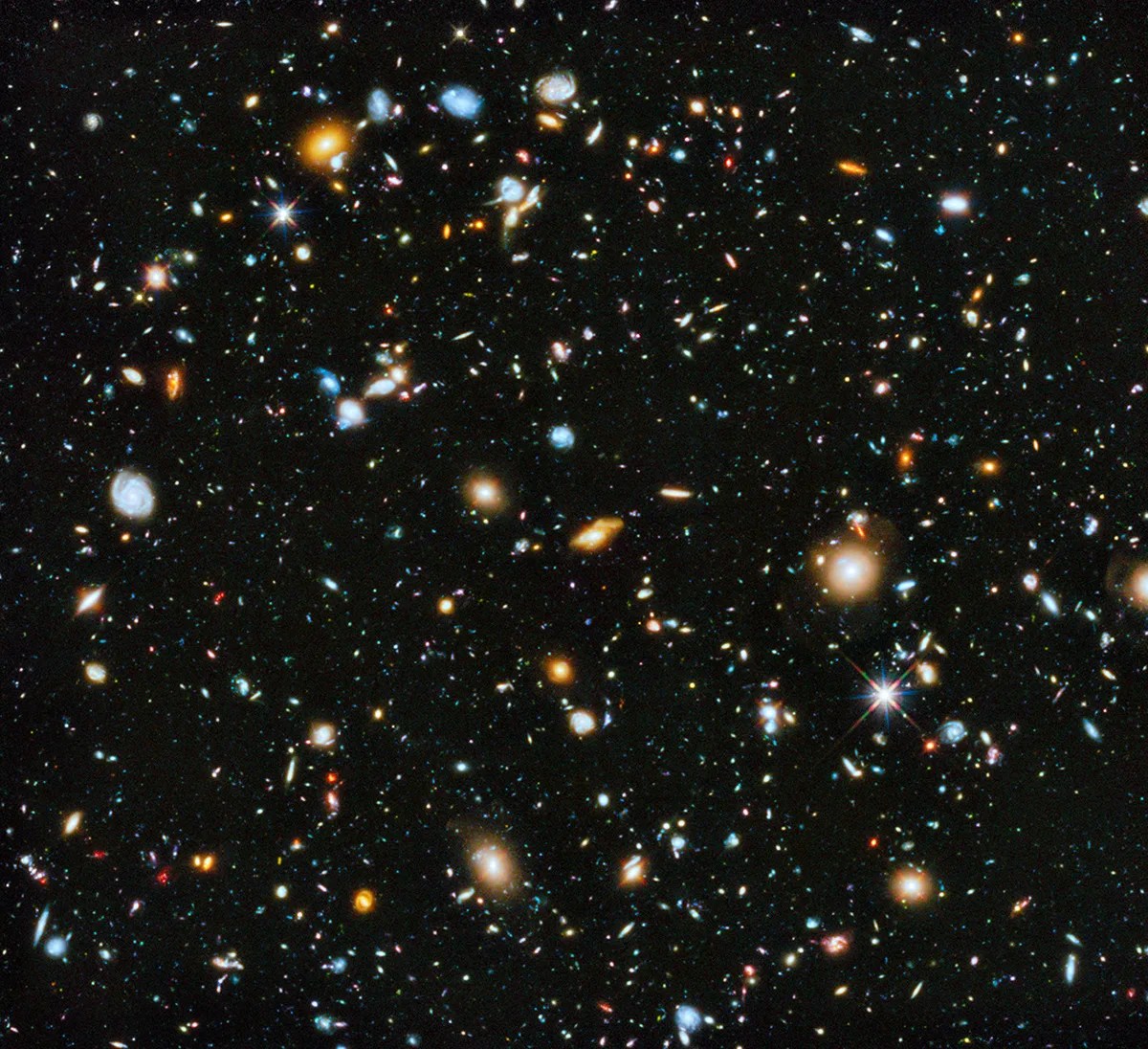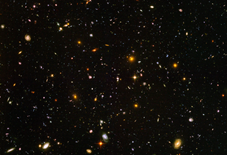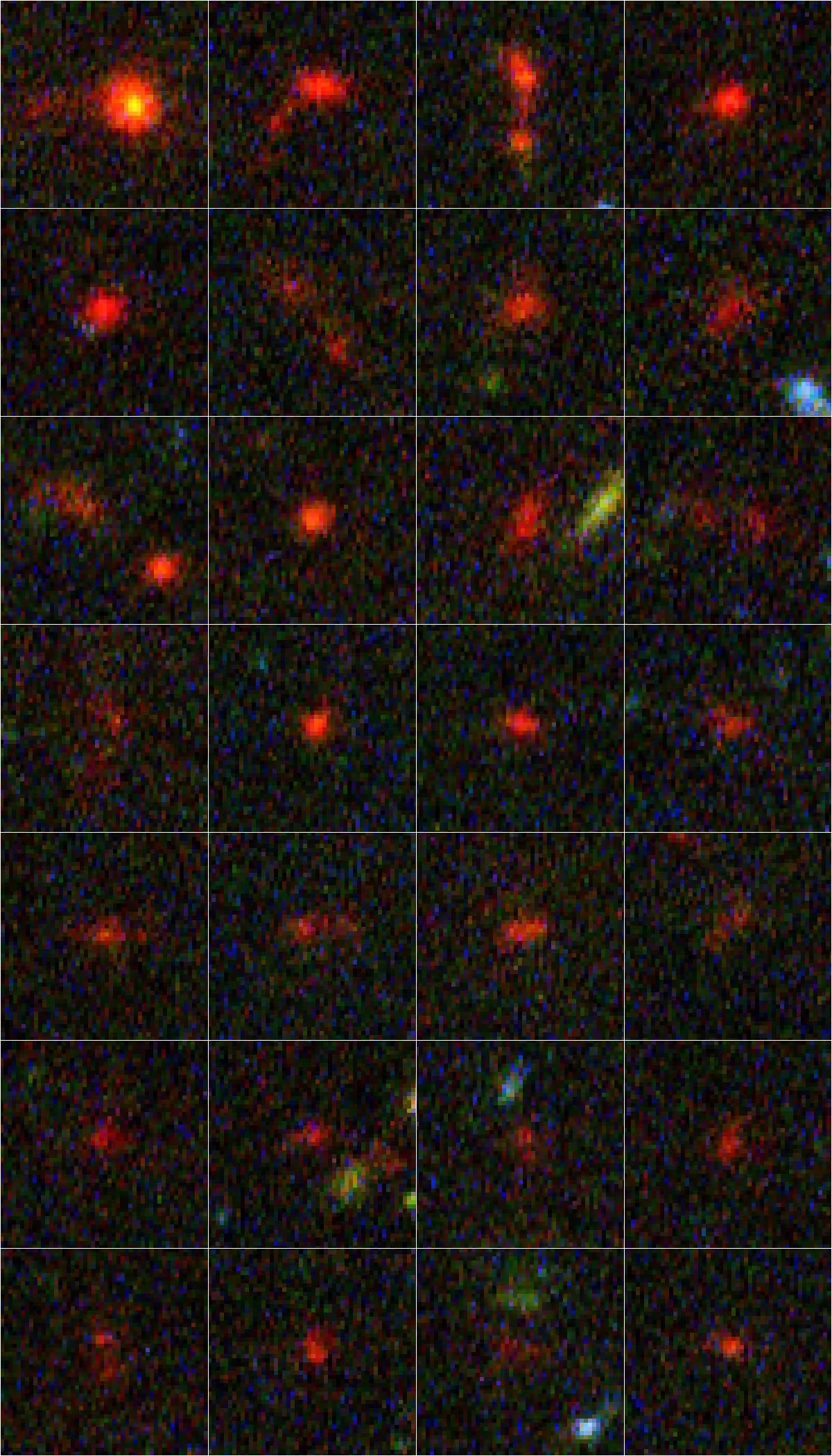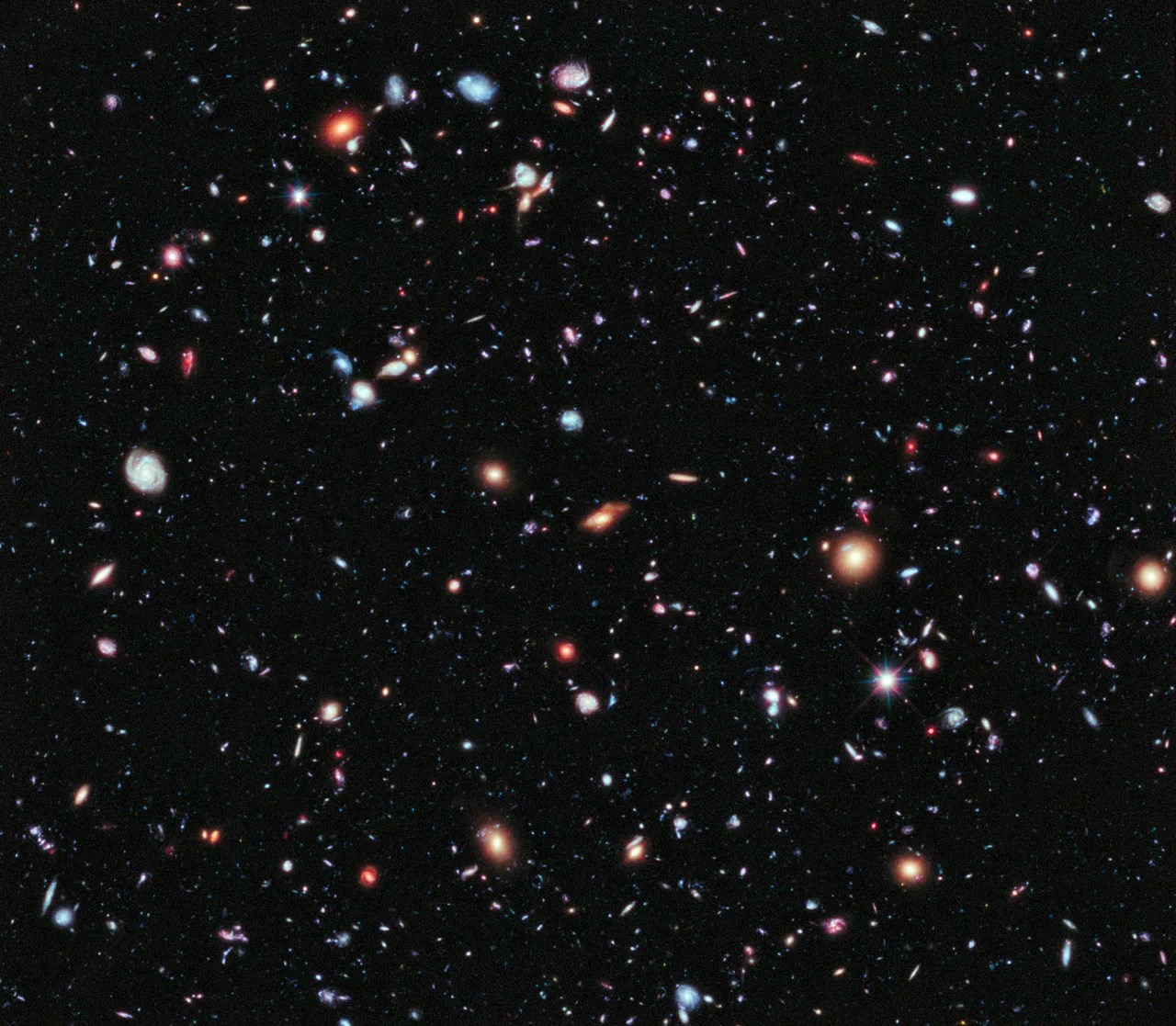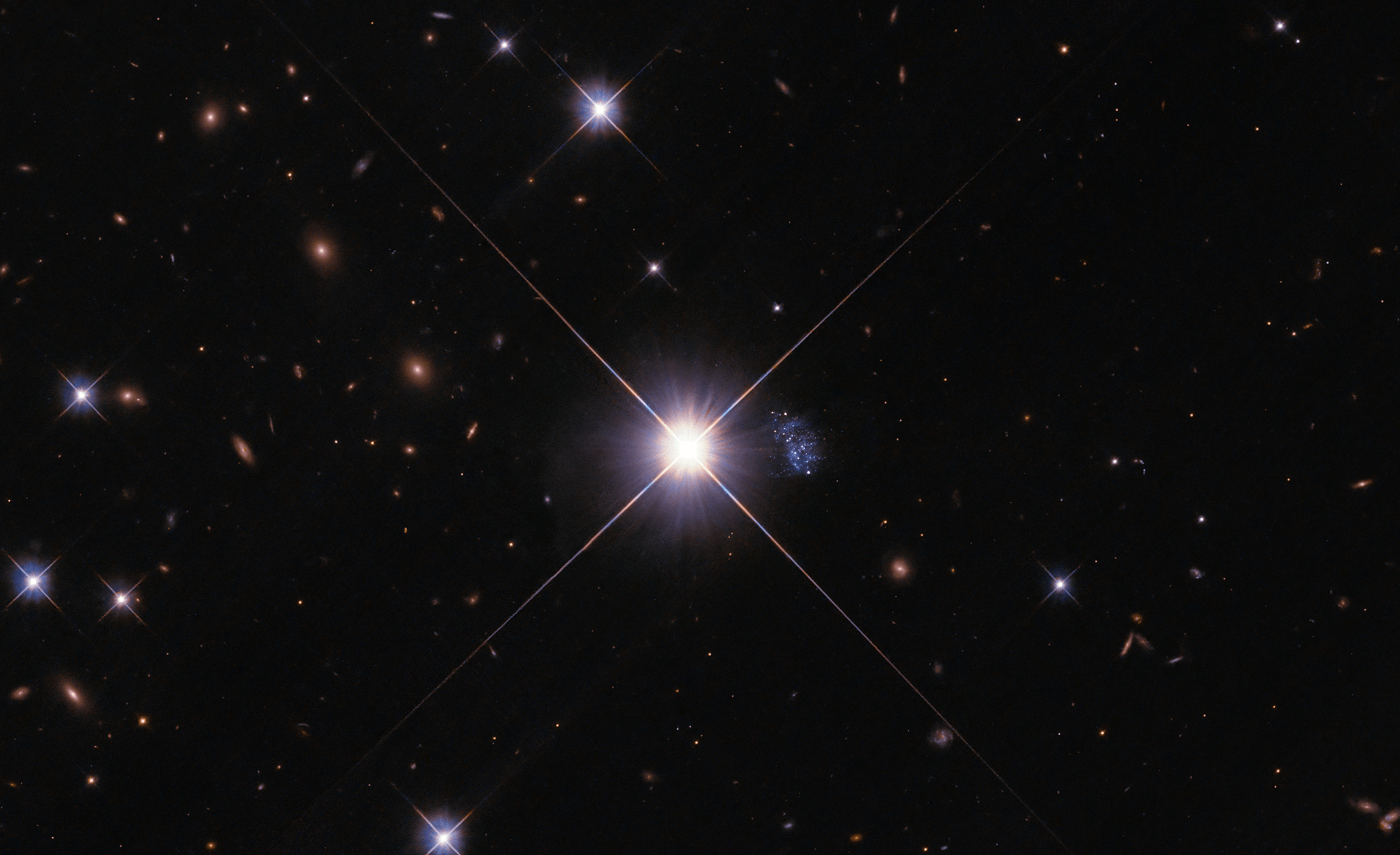Like documenting a child’s development in a scrapbook, astronomers use Hubble to capture the appearance of many developing galaxies throughout cosmic time. This is possible because of the mathematical relationship between cosmic distance and time: the deeper Hubble peers into space, the farther back it looks in time. This occurs because light travels at a fast, but finite speed, and it takes time to travel the incredible distance from galaxies far, far away. When this light finally reaches Earth, it shows us the object as it appeared at the time its light was emitted. As it happens, the most distant and earliest galaxies spied by Hubble are smaller and more irregularly shaped than today's grand spiral and elliptical galaxies. This is evidence that galaxies grew over time through mergers with other galaxies to become the giant systems we see today.
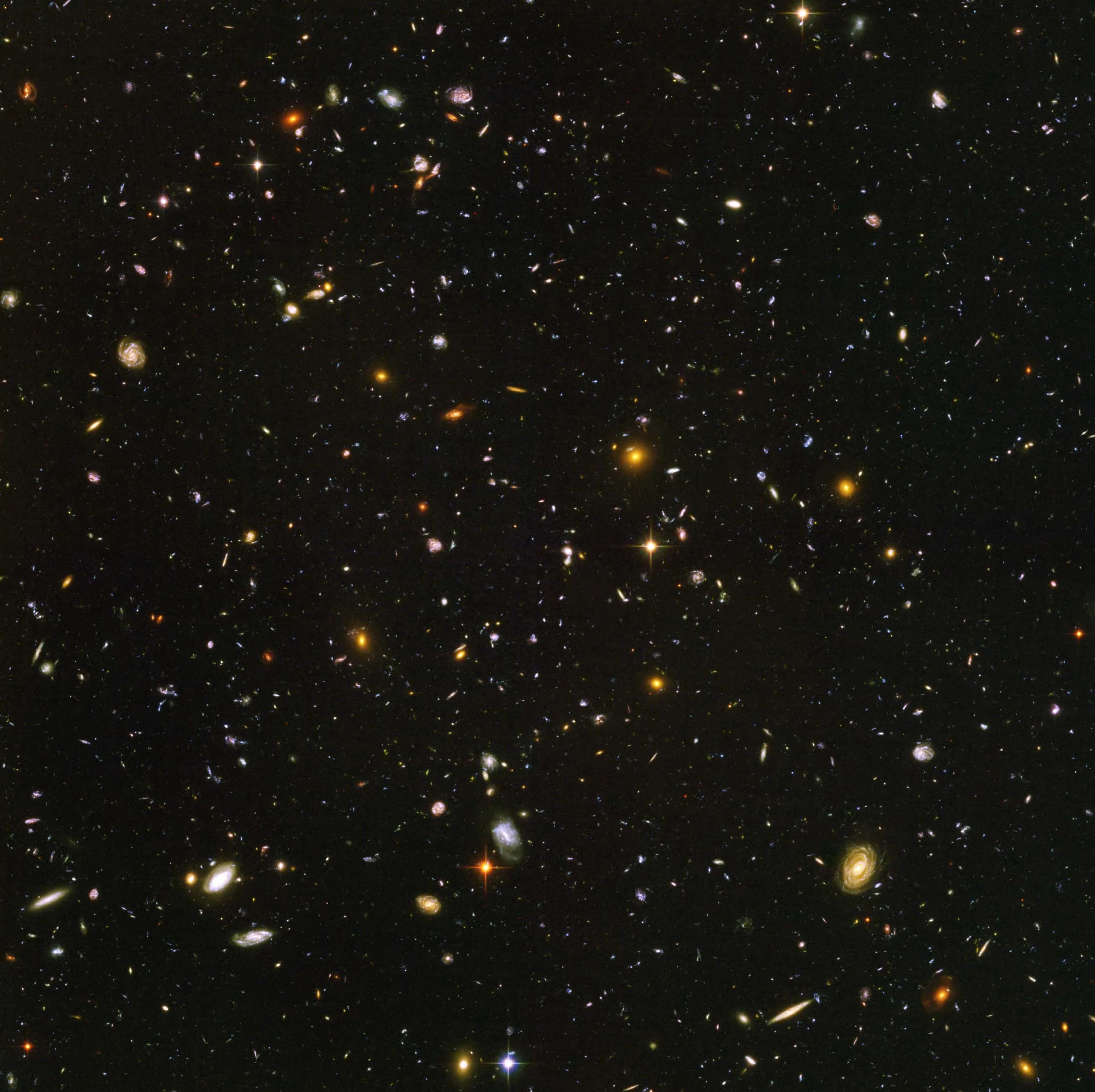
Because the universe was smaller in the past, galaxies were more likely to interact with one another gravitationally. Some of Hubble’s cosmic “snapshots” show fantastic stellar streamers pulled out and flung across space by colliding galaxies. They apparently settled over time into the more familiarly shaped galaxies seen closer to Earth and hence nearer to the present time. By carefully studying galaxies at different epochs, astronomers can see how galaxies changed and evolved over time. Among the things they investigate are the relative amounts of stars and gas in galaxies, the types and amounts of identifiable chemical elements they hold, and star-formation rates.
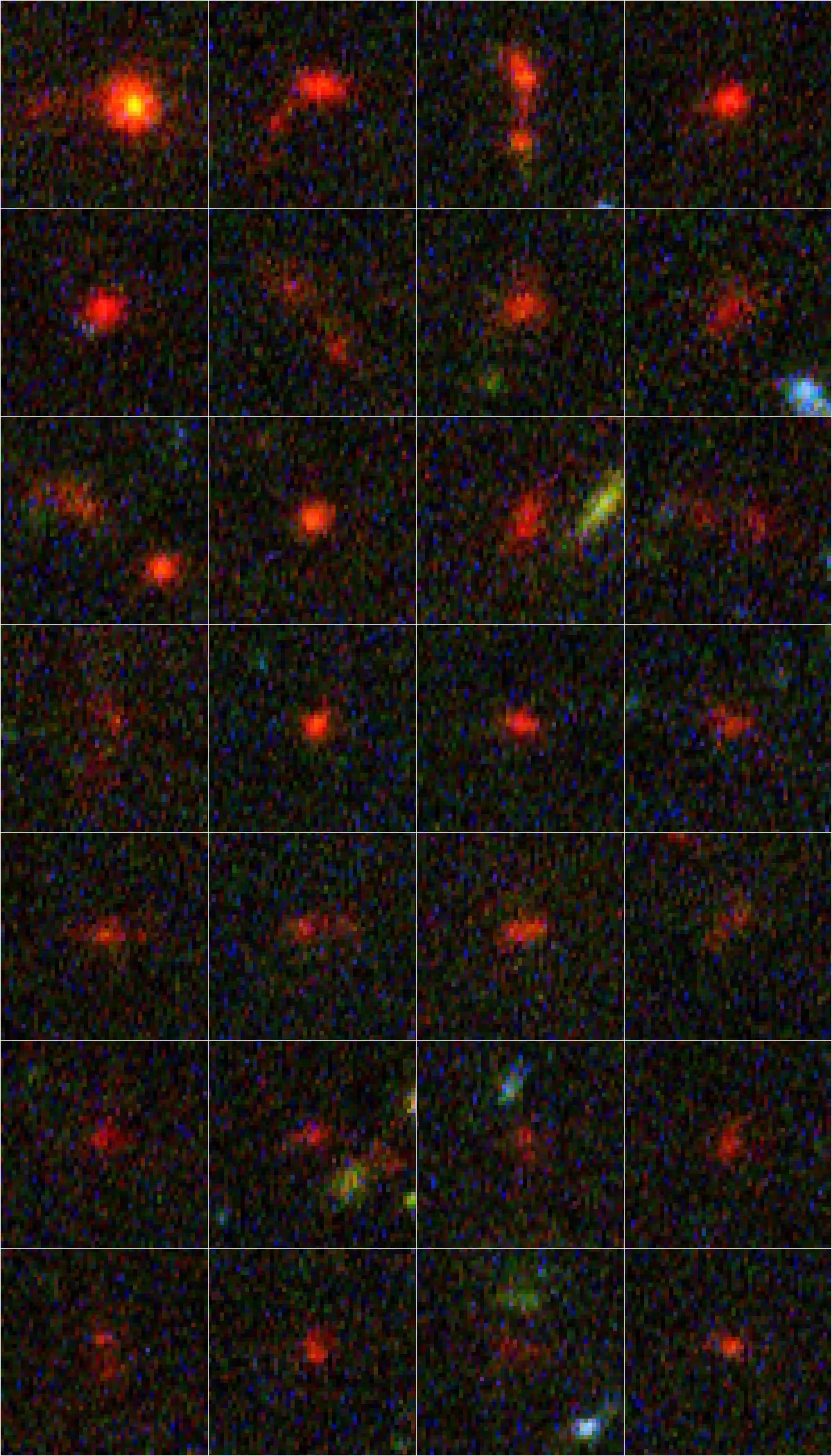
Hubble observations of our neighboring galaxy, the Andromeda galaxy (M31), show that the galaxy is moving ever closer to an inevitable collision with our own Milky Way galaxy.
Andromeda is currently 2.5 million light-years away, but it and the Milky Way are moving toward each other under the mutual pull of gravity between the two galaxies and the invisible dark matter that surrounds them both. The merger will begin about four billion years from now and will likely result in the creation of a giant elliptical galaxy.
NASA, ESA, Z. Levay, R. van der Marel and G. Bacon (STScI), T. Hallas and A. Mellinger
Learn More
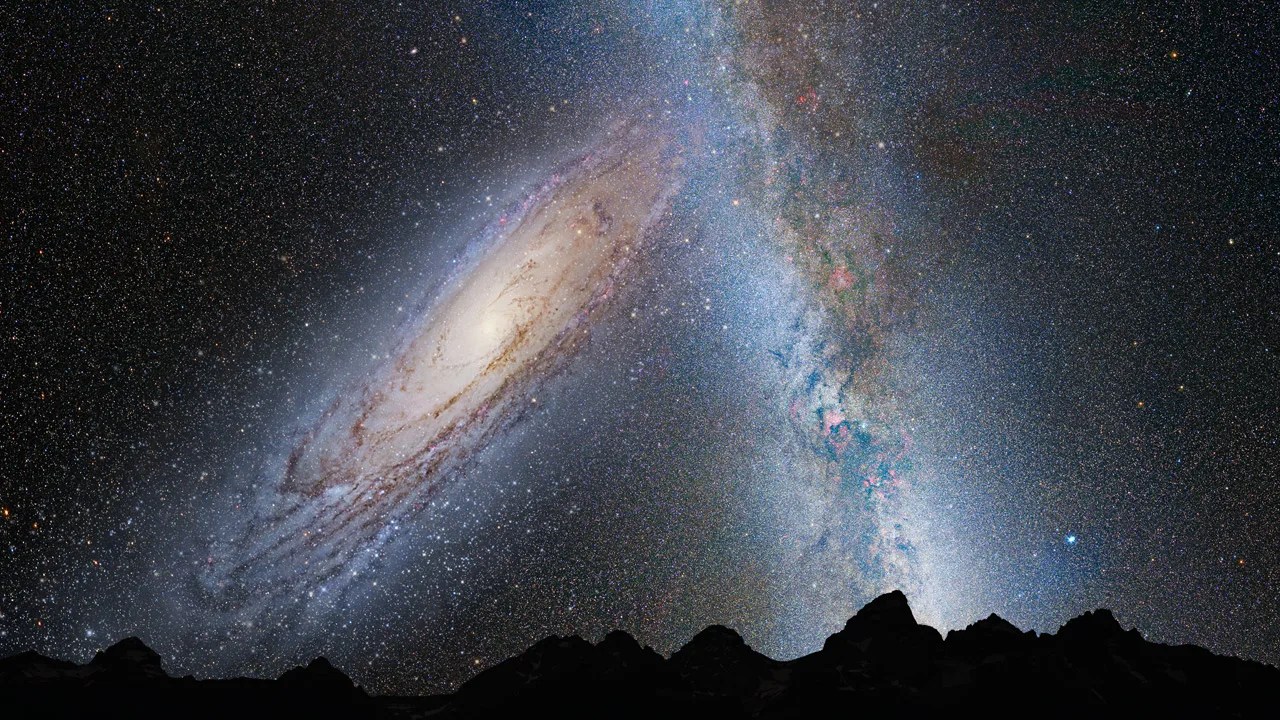
Hubble Shows Milky Way is Destined for Head-On Collison with Andromeda Galaxy
Hubble measurements of the motion of Andromeda show the galaxy is now 2.5 million light-years away, but it is falling toward the Milky Way under the mutual pull of gravity between the two galaxies and the invisible dark matter that surrounds them both.
Explore Other Hubble Science Highlights
Learn about some of Hubble's most exciting scientific discoveries.
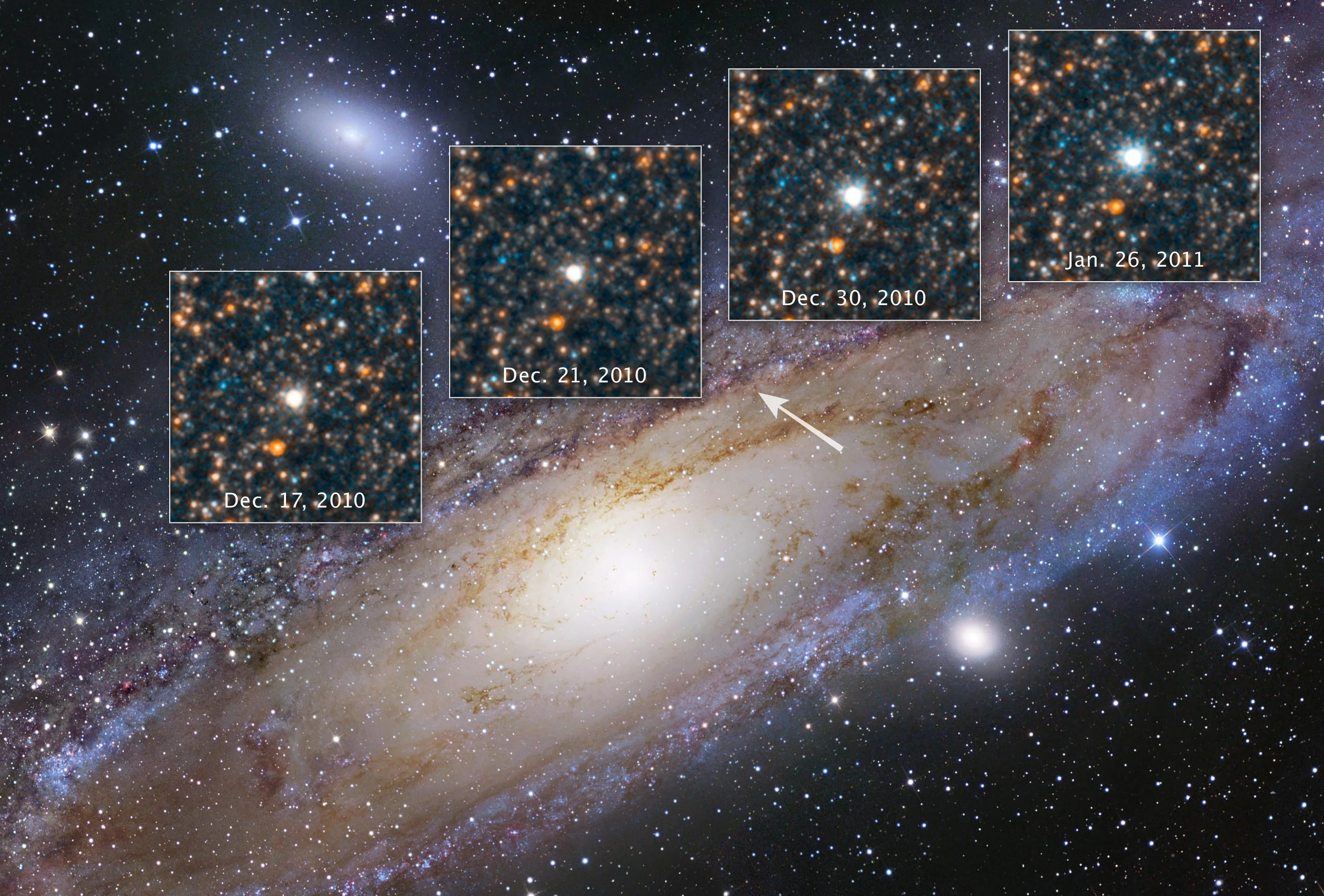
Discovering the Runaway Universe
Our cosmos is growing, and that expansion rate is accelerating.
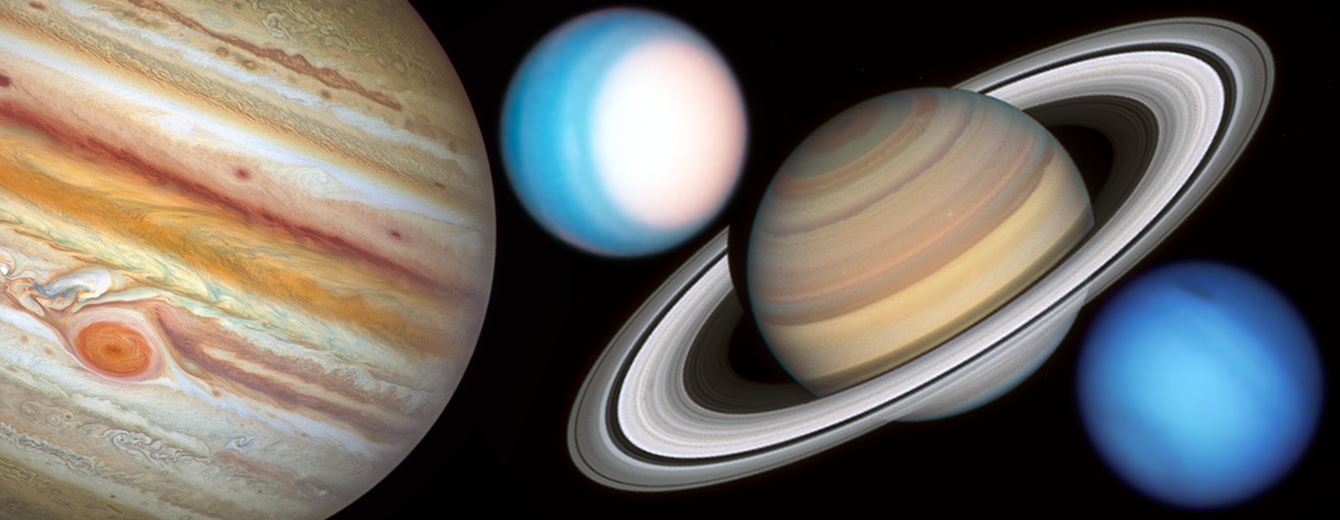
Studying the Outer Planets and Moons
Hubble’s systematic observations chart the ever-changing environments of our solar system's giant planets and their moons.
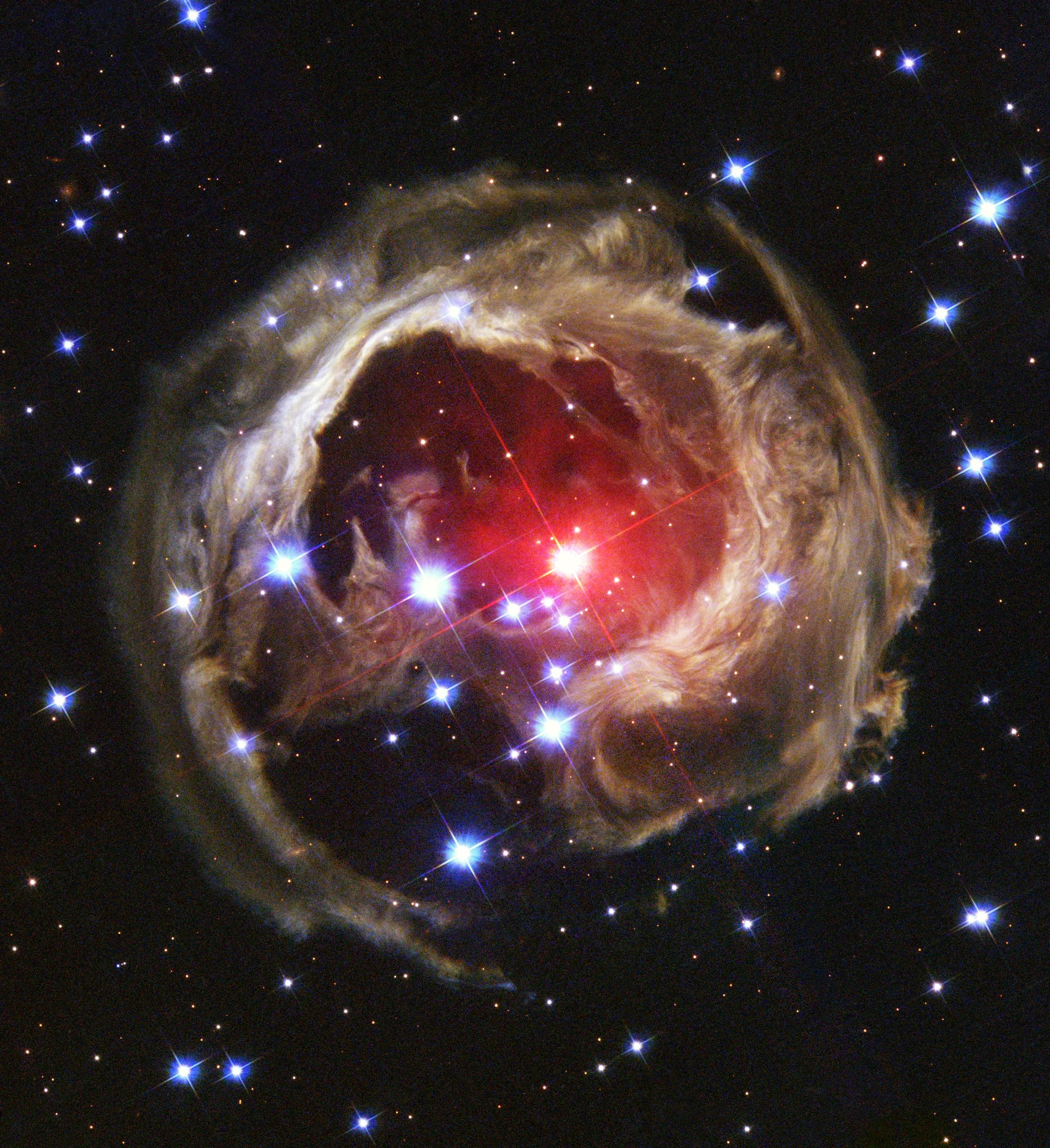
Seeing Light Echoes
Like ripples on a pond, pulses of light reverberate through cosmic clouds forming echoes of light.
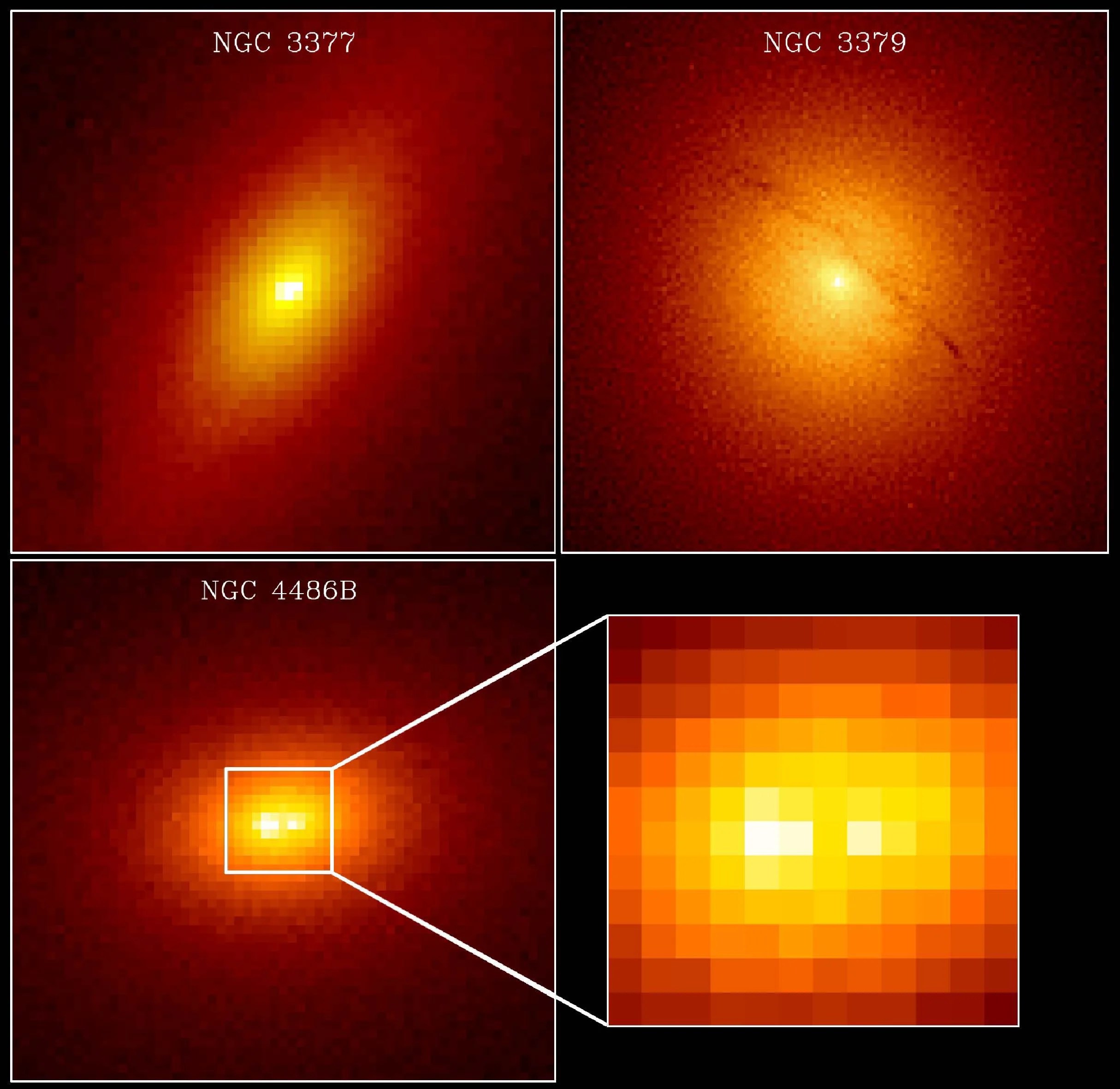
Monster Black Holes are Everywhere
Supermassive black holes lie at the heart of nearly every galaxy.
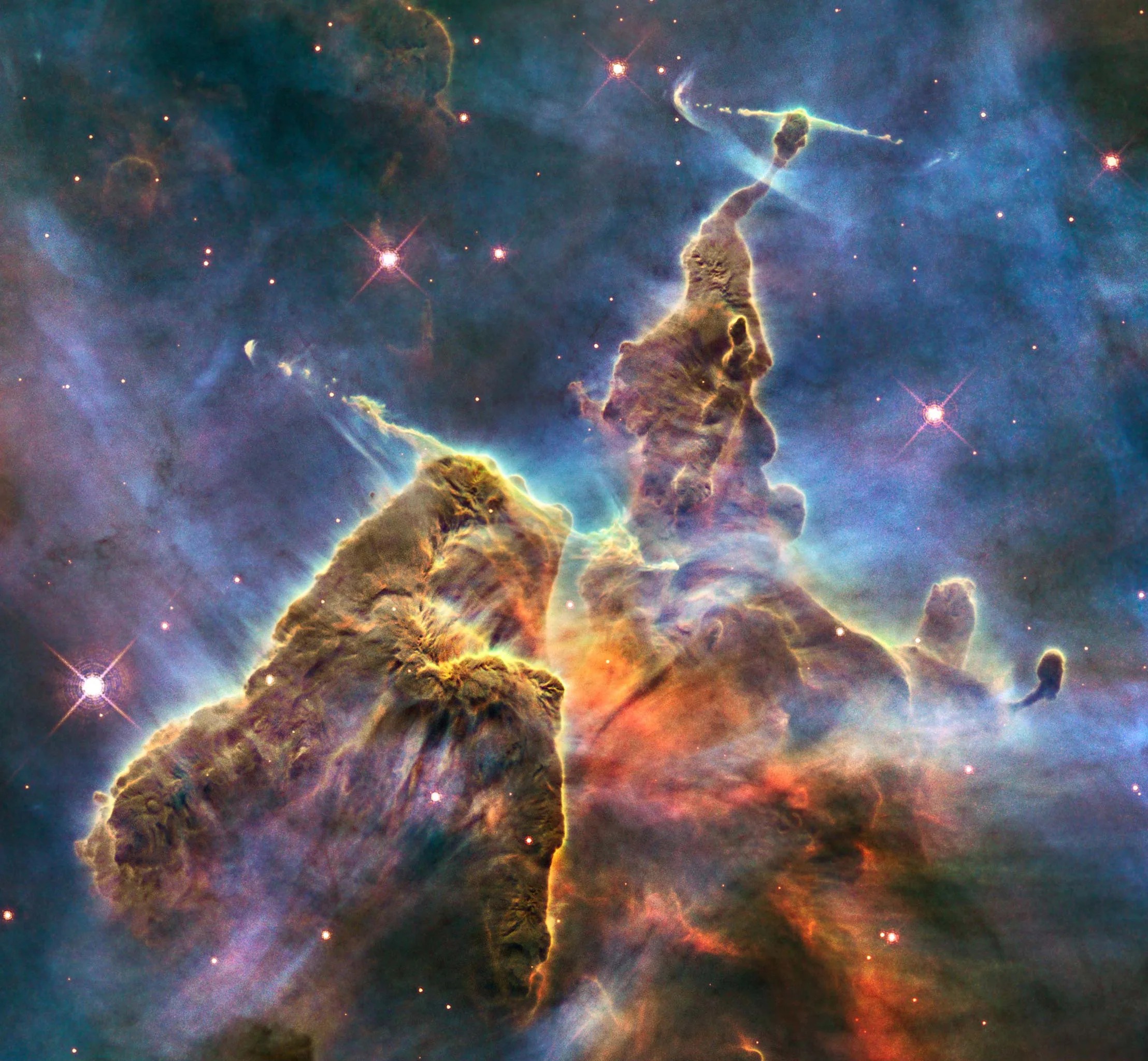
Exploring the Birth of Stars
Hubble’s near-infrared instruments see through the gas and dust clouds surrounding newborn stars.
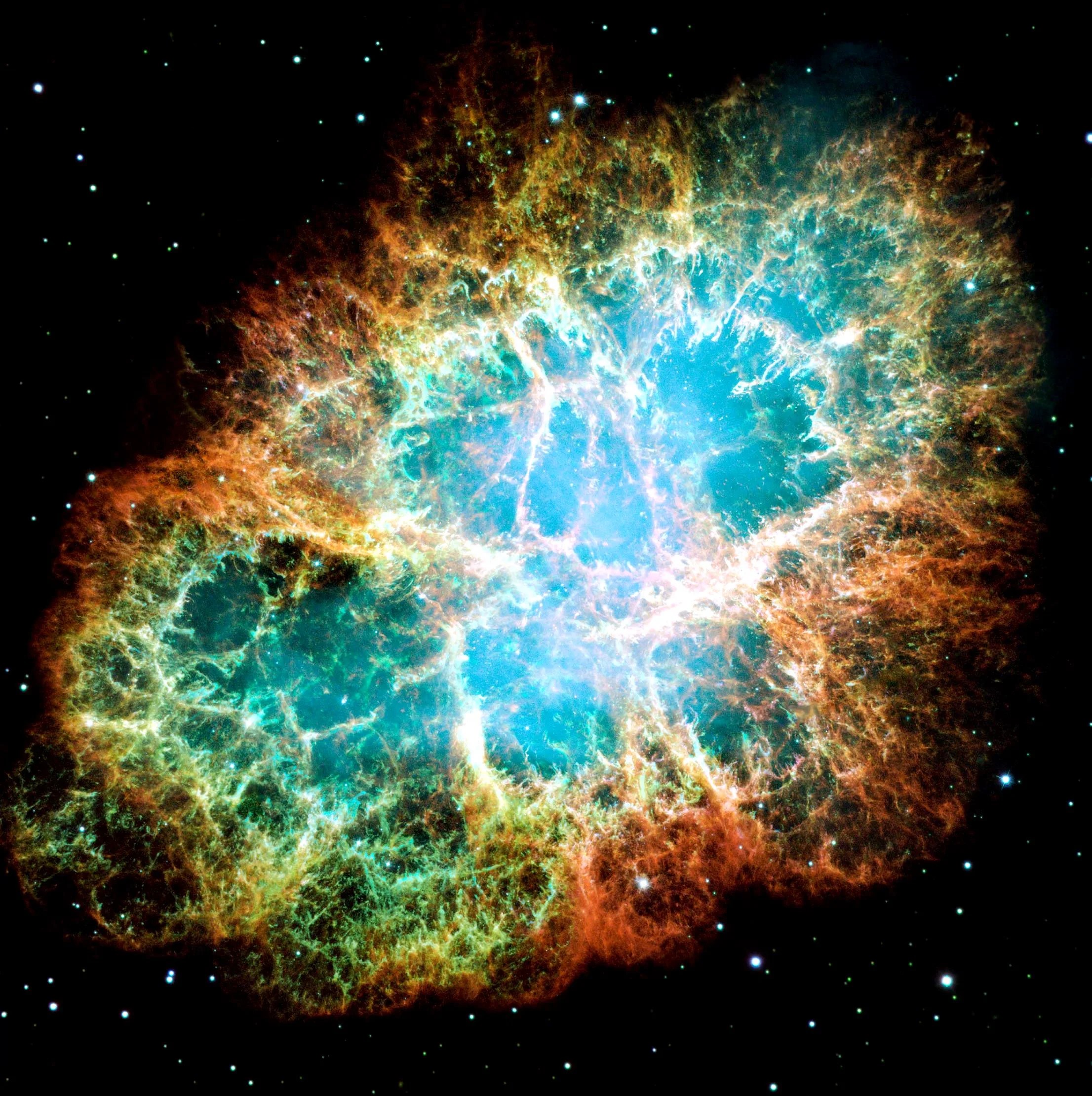
The Death Throws of Stars
From colliding neutron stars to exploding supernovae, Hubble reveals details of some of the mysteries surrounding the deaths of stars.
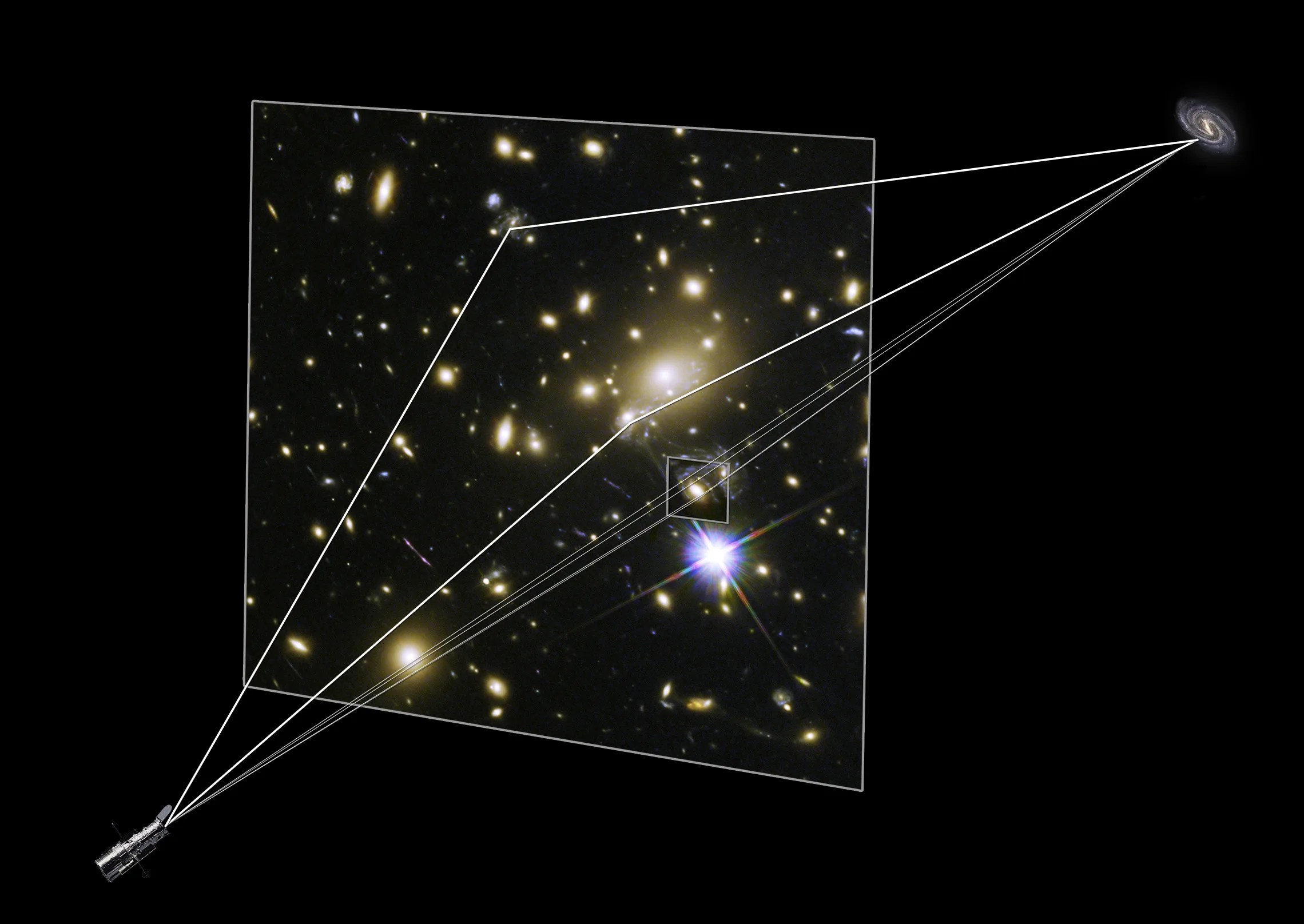
Shining a Light on Dark Matter
Hubble’s observations help astronomers uncover the underlying structure of the universe.
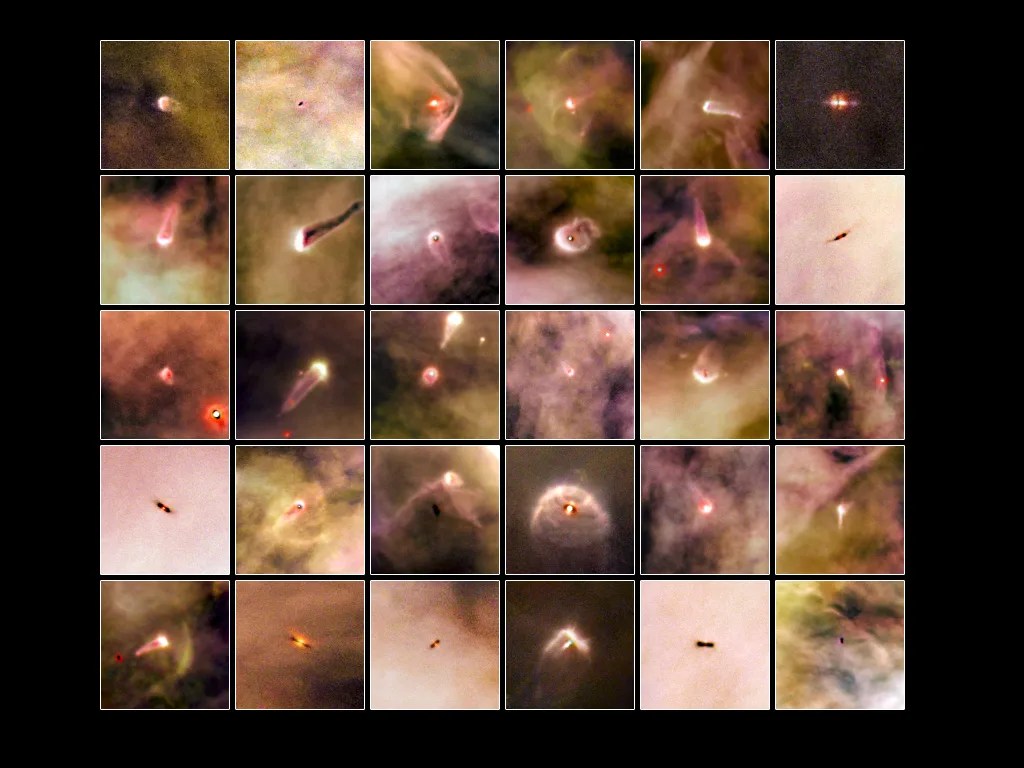
Finding Planetary Construction Zones
Hubble’s sensitivity can reveal great disks of gas and dust around stars.
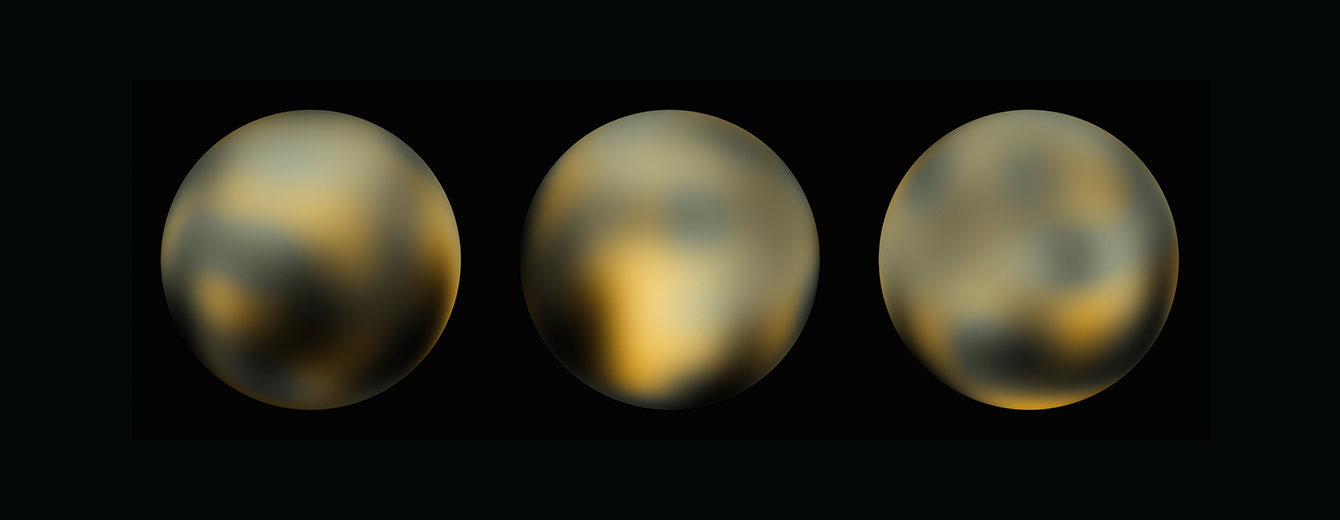
Uncovering Icy Objects in the Kuiper Belt
Hubble’s discoveries helped NASA plan the New Horizon spacecraft’s flyby of Pluto and beyond.
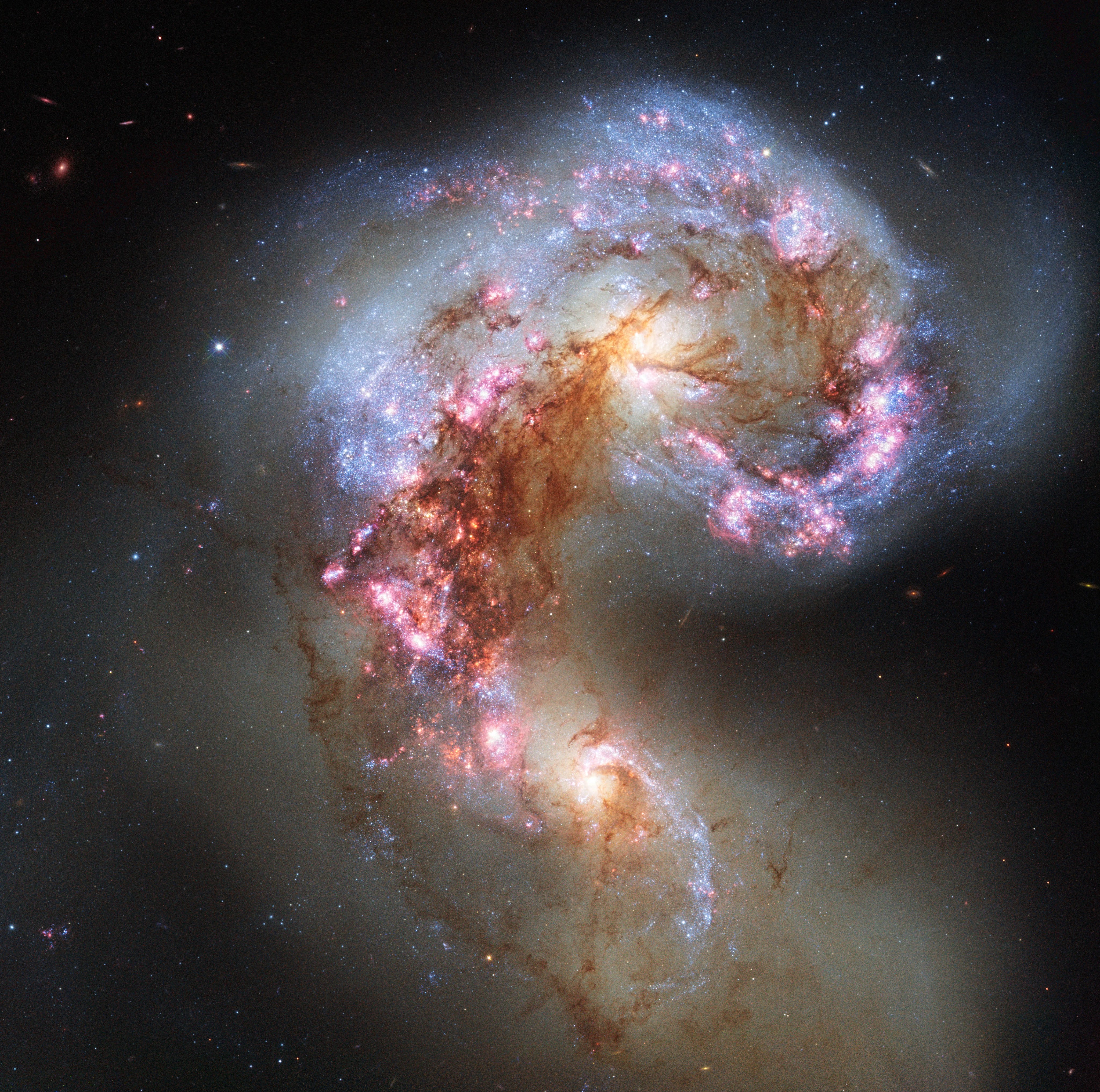
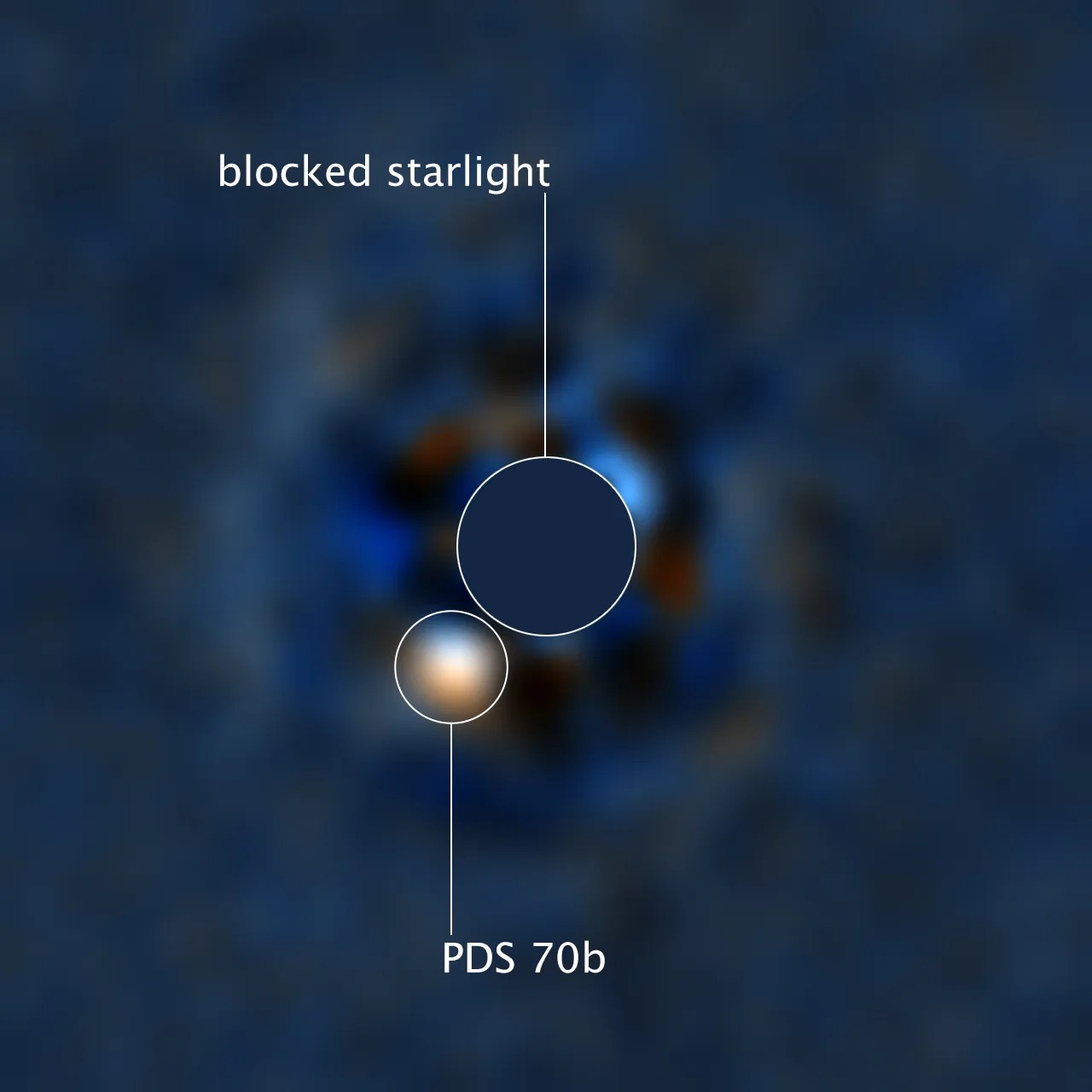
Recognizing Worlds Beyond Our Sun
Hubble’s unique capabilities allow it to explore planetary systems around other stars.
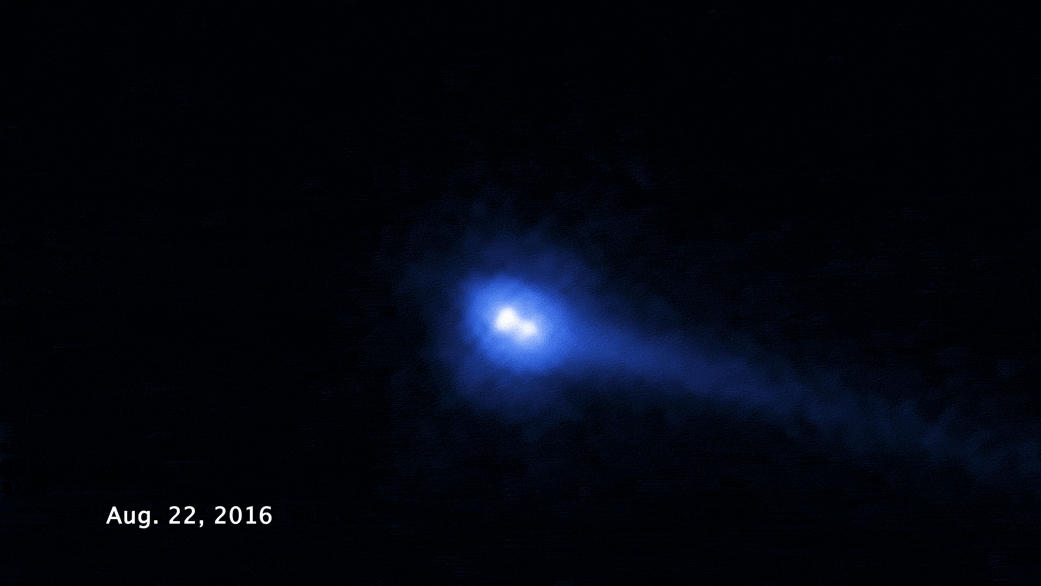
Tracking Evolution in the Asteroid Belt
These conglomerates of rock and ice may hold clues to the early solar system.

